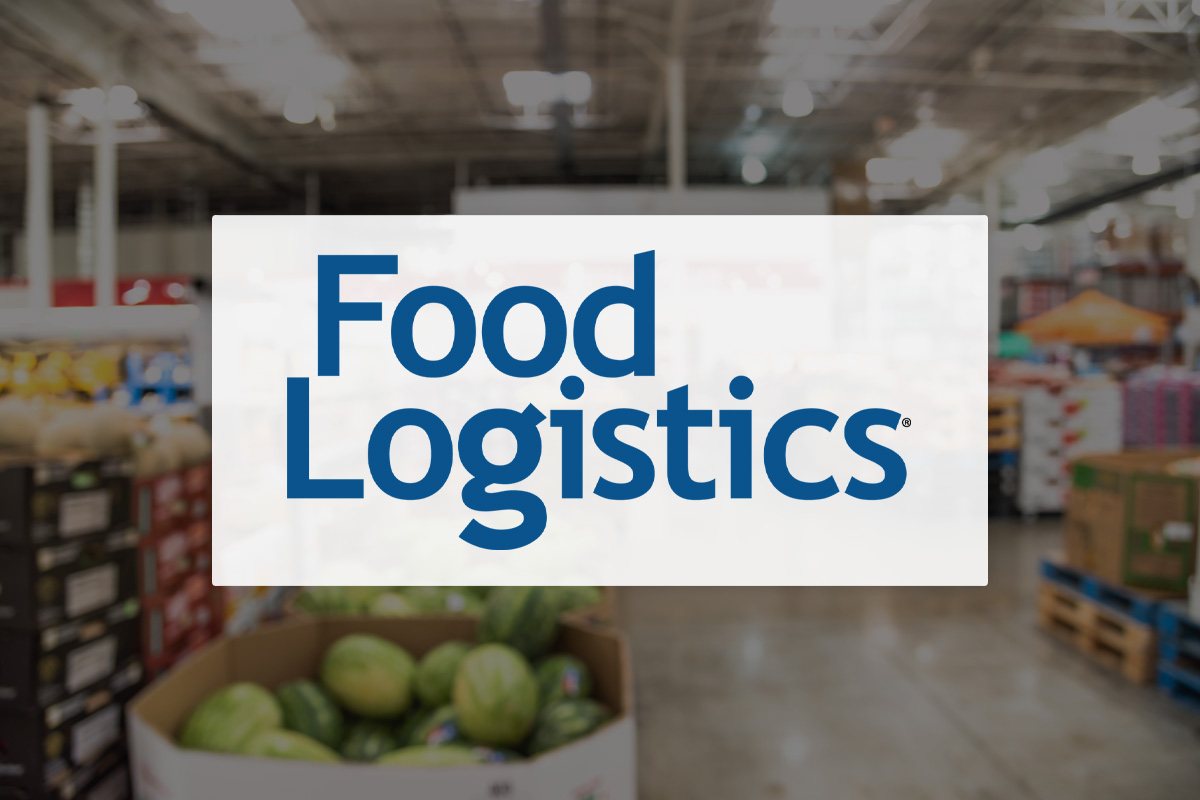[vc_row bg_type=”bg_color” bg_color_value=”#f5f5f5″ css=”.vc_custom_1618938311697{margin-top: 0px !important;margin-right: 0px !important;margin-bottom: 0px !important;margin-left: 0px !important;padding-right: 1em !important;padding-left: 1em !important;}”][vc_column][vc_column_text el_class=”article-info”]Mike Johanns, Former Ag Secretary Johanns Touting Research and Development Tax Credit for Agribusinesses – by Chris Clayton, DTN Ag Policy Editor
July 14, 2017 | published in DTN/The Progressive Farmer[/vc_column_text][/vc_column][/vc_row][vc_row][vc_column][vc_column_text]Agricultural companies are not making full use of the federal Research and Development Tax Credit, according to a former USDA secretary.
Mike Johanns, a former agriculture secretary, U.S. senator and Nebraska governor, is taking on a new position as chairman of agriculture for tax advisory company alliantgroup, mainly to highlight the opportunities for farmers and other small- to medium-sized agribusinesses to use the research and development tax credit.The R&D tax credit has been around since 1981 and was claimed to offset more than $12 billion in taxes in 2014. But recent changes and interpretations by the IRS have opened up the tax credit to a broader group of businesses and uses. Steven Miller, a former acting commissioner of the IRS and now national director of tax at alliantgroup, champions the view that a wider range of industries and purposes qualify for the R&D tax credit, but don’t claim it.Johanns will be working to help educate various agricultural industries that work done to develop and test different products in agriculture, even at the smallest businesses, may qualify for the R&D tax credit.”My focus is to help make sure the agricultural sector is taking full advantage of the laws already on the books, more specifically the tax credits that are available to them,” Johanns told DTN on Thursday.Johanns said he wants to help small-and medium-sized agribusinesses qualify for these credits.”I want to make sure that agronomist who is out there doing all of the things necessary to benefit from the tax credit is aware of it and actually receives that tax credit,” Johanns said. “It might be true for other industries, such as the dairy industry.”Dhaval Jadav, CEO of alliantgroup, said Johanns’ work in government and in agriculture will help him educate businesses on various tax incentives.”With his extensive background in government and agriculture, Secretary Johanns adds a unique perspective to our firm that will only enhance our understanding of the concerns of those within the agricultural sector,” Jadav said. “His insight will be vital in enhancing our outreach to the industry.”
Johanns pointed to a range of businesses that could qualify for the tax credit but aren’t utilizing it, including animal genetics and farm implement businesses down to local cooperatives or livestock operations.”It just may not be on their radar screen, and we want to make sure it does pop up on their radar screens,” Johanns said. “So now we are intently focused on small and medium companies in the ag sector across the country because we just know for sure it is not on their radar screen.”Johanns cited at least one poultry company that saw $3 million in tax benefits using the R&D tax credit.The credit will eliminate taxes dollar for dollar, but is nonrefundable. The size of the company does not matter, but there are four tests to qualify, including eliminating technical uncertainty in operations, or experimenting with alternative solutions, or approaches that require systematic trial and error. The experiments must be technical in nature and involve a science such as biology, chemistry, computer science, engineering or physics. The purpose of the experiment must be focused on improving a product or process at the business.Research on disease-resistant crops, for instance, would qualify.”Let’s say you have a company out there experimenting with a new or different fertilizer, or working with farmer members to develop an irrigation application that really is different and new. It saves on water use, but prompts the development or application of fertilizer,” Johanns said. “The evaluation of techniques to increase yields with any product. That’s a pretty broad definition there, but agronomists fit into that area.”Johanns said part of the challenge is people in the ag sector are usually focused on the results they want to achieve, but not focusing on the idea that what they are doing to change on-farm processes could quality for a business tax credit.”We believe if we can get out and get involved with the businesses in the ag sector, it will be on their radar screen,” Johanns said.[/vc_column_text][/vc_column][/vc_row][vc_section][vc_row][vc_column][vc_separator][/vc_column][/vc_row][vc_row css_animation=”fadeInRight”][vc_column][vc_custom_heading text=”About the Author” use_theme_fonts=”yes” css=”.vc_custom_1621268389440{margin-bottom: 20px !important;}” el_class=”alt-h1″][/vc_column][vc_column width=”1/4″][vc_single_image image=”18974″][/vc_column][vc_column width=”3/4″][vc_column_text]Mike Johanns was the U.S. Secretary of Agriculture from 2005-2007 as well as the Governor of Nebraska from 1999-2005 and the state’s U.S. Senator from 2009-2015. As alliantgroup’s Chairman of Agriculture, Johanns brings more than 30 years of experience at virtually every level of government and a strong background in both agriculture and economic development. As the Secretary of Agriculture, he managed 18 different agencies, opened or expanded access to 40 international markets and was responsible for multiple agricultural breakthroughs as a negotiator for the Doha Development Round.[/vc_column_text][/vc_column][/vc_row][vc_row][vc_column][vc_separator][/vc_column][/vc_row][/vc_section][vc_row][vc_column][vc_row_inner][vc_column_inner]
[/vc_column_inner][/vc_row_inner][/vc_column][/vc_row]

